Stomach Diseases Names: Common Digestive Disorders, Symptoms, and Treatments
What are the common stomach diseases and digestive disorders? What are their symptoms and treatments? Discover the details in this comprehensive article.
Common Digestive Disorders: Symptoms and Treatments
People may experience stomach issues for reasons ranging from eating habits to digestive disorders. Common symptoms of stomach issues include cramps, vomiting, and changes to stool. The gastrointestinal (GI) tract consists of the mouth, stomach, and intestines. Together with the liver, gallbladder, and pancreas, these organs work together to absorb nutrients and expel waste.
Disturbances to this process can cause a range of symptoms, from cramps to vomiting. Many of these issues may pass with time and pose little risk of complication. However, seemingly common stomach issues can be the result of several digestive disorders.
Knowing the signs and symptoms of common digestive disorders can help people identify them and seek relevant treatment. In this article, we provide a list of more and less common digestive disorders, discuss their symptoms and treatments, and indicate when to contact a doctor.

Organic and Functional Digestive Disorders
Digestive disorders are a group of conditions that occur when the digestive system does not function as it should. Health experts split them into two categories: organic and functional GI disorders.
Organic GI disorders occur when there are structural abnormalities in the digestive system, which prevents it from working properly. In functional GI disorders, the GI tract appears to be structurally normal but still does not function well.
More Common Digestive Disorders
Some of the more common digestive disorders include:
- Irritable bowel syndrome (IBS)
- Small intestinal bacterial overgrowth (SIBO)
- Gastroesophageal reflux disease (GERD)
- Gallstones
- Celiac disease
- Crohn’s disease
- Ulcerative colitis (UC)
Irritable Bowel Syndrome (IBS)
The main symptom of IBS is abdominal pain, which may occur before or after bowel movements. People can also experience diarrhea, constipation, or both. Whether a person typically experiences diarrhea or constipation more often, or both equally, determines which type of IBS they have.

Other symptoms of IBS may include bloating, white mucus in the stool, and incomplete bowel movements. A combination of factors can cause or worsen IBS symptoms, including traumatic life events, mental health conditions, infections, or small intestinal bacterial overgrowth (SIBO).
Individuals with IBS should consult a doctor if they experience severe abdominal pain or cramps, or if any other IBS symptoms suddenly worsen or change or affect the person’s daily functioning or quality of life.
Small Intestinal Bacterial Overgrowth (SIBO)
SIBO occurs when bacteria from the large intestine migrate to the small intestine, causing symptoms such as bloating, diarrhea, and constipation. Treatment for SIBO involves taking antibiotics, but it may also include medications to help with digestion and address the underlying cause.
A person experiencing SIBO symptoms for the first time should contact a doctor immediately. The doctor can advise them about what medications or lifestyle changes may help with their condition. People who have a previous SIBO diagnosis should contact a doctor if their symptoms suddenly become worse or affect their daily life or if their treatment plan is no longer working.
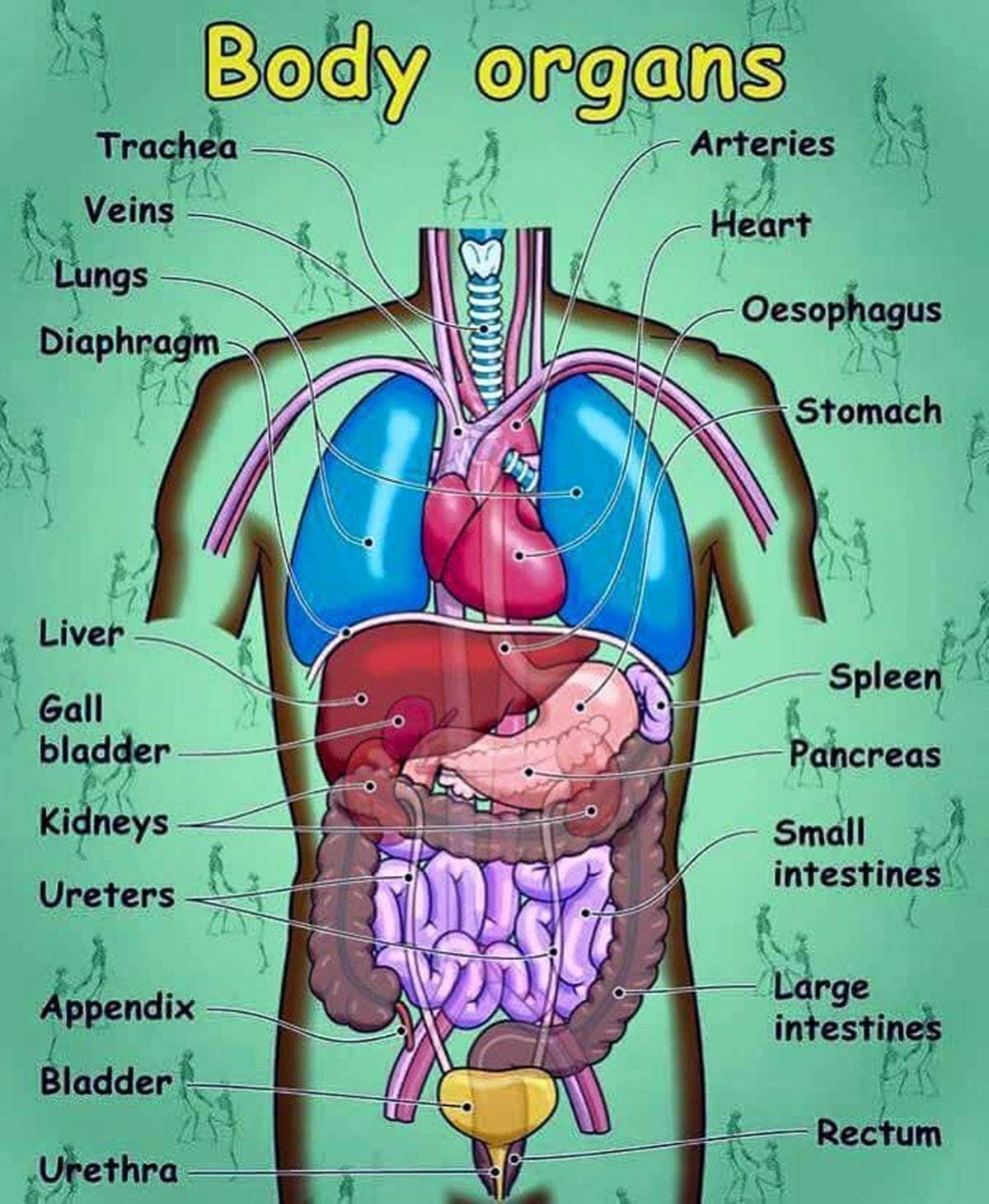
Gastroesophageal Reflux Disease (GERD)
Acid reflux occurs when a person’s stomach contents come back up into the esophagus or food pipe. If this happens frequently, a person may have GERD, which is a long-term condition.
GERD can cause esophagitis, which is inflammation or irritation of the esophagus. However, a person can also have GERD without esophagitis. Common symptoms of GERD with esophagitis include heartburn, acid reflux, chest pain, nausea, and pain while swallowing.
Doctors are not always sure what causes GERD, but risk factors can include taking certain medications, having obesity, inhaling secondhand smoke, being pregnant, or having a hiatal hernia. Treatment for GERD may include making dietary changes, quitting smoking, taking over-the-counter medications to manage the symptoms, or receiving treatments that address the underlying cause.
Individuals should consult a healthcare professional if they experience any of the following: worsening symptoms, an increase in symptom frequency, difficulty swallowing, unexplained weight loss, or vomiting as a result of GERD.

Common digestive disorders: Symptoms and treatments
People may experience stomach issues for reasons ranging from eating habits to digestive disorders. Common symptoms of stomach issues include cramps, vomiting, and changes to stool.
The gastrointestinal (GI) tract consists of the mouth, stomach, and intestines. Together with the liver, gallbladder, and pancreas, these organs work together to absorb nutrients and expel waste.
Disturbances to this process can cause a range of symptoms, from cramps to vomiting. Many of these issues may pass with time and pose little risk of complication. However, seemingly common stomach issues can be the result of several digestive disorders.
Knowing the signs and symptoms of common digestive disorders can help people identify them and seek relevant treatment.
In this article, we provide a list of more and less common digestive disorders, discuss their symptoms and treatments, and indicate when to contact a doctor.
Digestive disorders are a group of conditions that occur when the digestive system does not function as it should. Health experts split them into two categories: organic and functional GI disorders.
Health experts split them into two categories: organic and functional GI disorders.
Organic GI disorders occur when there are structural abnormalities in the digestive system, which prevents it from working properly.
In functional GI disorders, the GI tract appears to be structurally normal but still does not function well.
Some of the more common digestive disorders include:
- irritable bowel syndrome (IBS)
- small intestinal bacterial overgrowth (SIBO)
- gastroesophageal reflux disease (GERD)
- gallstones
- celiac disease
- Crohn’s disease
- ulcerative colitis (UC)
Examples of less common digestive disorders include:
- Hirschsprung’s disease
- achalasia
- Ménétrier disease
In the following sections, we look at these conditions in more detail.
The main symptom of IBS is abdominal pain, which may occur before or after bowel movements. People can also experience diarrhea, constipation, or both.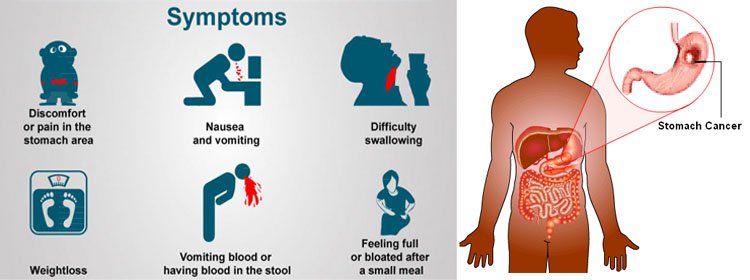
Whether a person typically experiences diarrhea or constipation more often, or both equally, determines which type of IBS they have.
Other symptoms of IBS may include:
- bloating
- white mucus in the stool
- incomplete bowel movements
A combination of factors can cause or worsen IBS symptoms. People with IBS are more likely to have experienced traumatic life events or to have a mental health condition. However, IBS can also develop after an infection or as a result of SIBO.
A variety of factors can contribute to IBS. That is why different people benefit from different approaches to managing their symptoms. They may need to:
- make dietary changes
- learn to reduce stress
- address underlying conditions
Learn more about treatments for IBS here.
When to contact a doctor
Individuals with IBS should consult a doctor if they experience severe abdominal pain or cramps.
They should also contact a medical professional if any other IBS symptoms suddenly worsen or change or affect the person’s daily functioning or quality of life.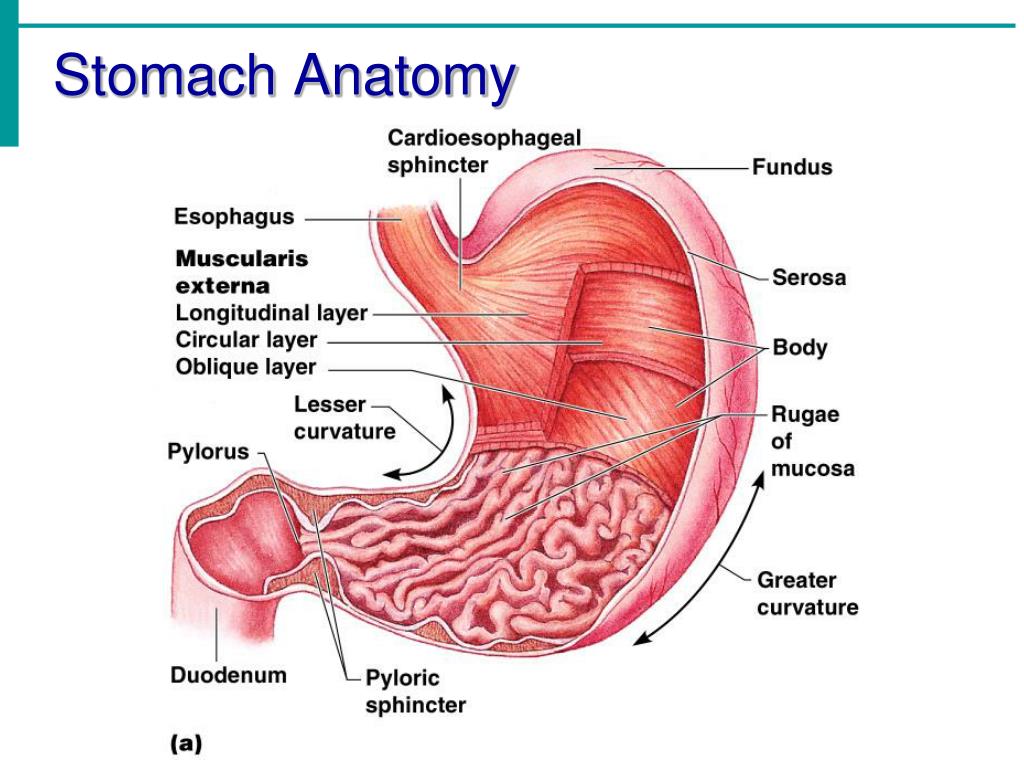
SIBO occurs when bacteria from the large intestine migrate to the small intestine, causing symptoms such as:
- bloating
- diarrhea
- constipation
Treatment for SIBO involves taking antibiotics, but it may also include medications to help with digestion and address the underlying cause.
When to contact a doctor
A person experiencing SIBO symptoms for the first time should contact a doctor immediately. The doctor can advise them about what medications or lifestyle changes may help with their condition.
People who have a previous SIBO diagnosis should contact a doctor if their symptoms suddenly become worse or affect their daily life or if their treatment plan is no longer working.
Acid reflux occurs when a person’s stomach contents come back up into the esophagus or food pipe. If this happens frequently, a person may have GERD, which is a long-term condition.
GERD can cause esophagitis, which is inflammation or irritation of the esophagus. However, a person can also have GERD without esophagitis.
However, a person can also have GERD without esophagitis.
Common symptoms of GERD with esophagitis include:
- heartburn
- acid reflux
- chest pain
- nausea
- pain while swallowing
Doctors are not always sure what causes GERD, but risk factors can include:
- taking certain medications, such as nonsteroidal anti-inflammatory drugs
- having obesity
- inhaling secondhand smoke
- being pregnant
- having a hiatal hernia
Treatment for GERD may include making dietary changes, quitting smoking, taking over-the-counter medications to manage the symptoms, or receiving treatments that address the underlying cause.
When to contact a doctor
Severe GERD can impact a person’s quality of life.
Individuals should consult a healthcare professional if they experience any of the following:
- worsening symptoms
- an increase in symptom frequency
- difficulty swallowing
- unexplained weight loss
- vomiting as a result of GERD
The gallbladder is a small sac that stores bile, which the body uses during digestion. Gallstones are small stones that form in the gallbladder.
Gallstones are small stones that form in the gallbladder.
In most cases, a person may not know that they have gallstones, as they usually do not produce any symptoms. However, people may experience symptoms if the gallstones form in front of an opening in the gallbladder.
Symptoms may include:
- persistent pain below the ribs, on the right-hand side of the body
- jaundice
- a high temperature
- nausea
- vomiting
- sweating
Treatment for gallstones may include surgical removal of the gallbladder or a procedure whereby a healthcare professional will remove gallstones from the bile duct.
When to contact a doctor
While gallstones often do not cause any symptoms, they can lead to serious complications.
People should seek medical attention if they experience any of the following:
- abdominal pain that lasts for more than 8 hours
- jaundice
- a high temperature or chills
It is also advisable to consult a healthcare professional if an individual is experiencing any of these symptoms more than 2–3 times per week over the course of weeks or months.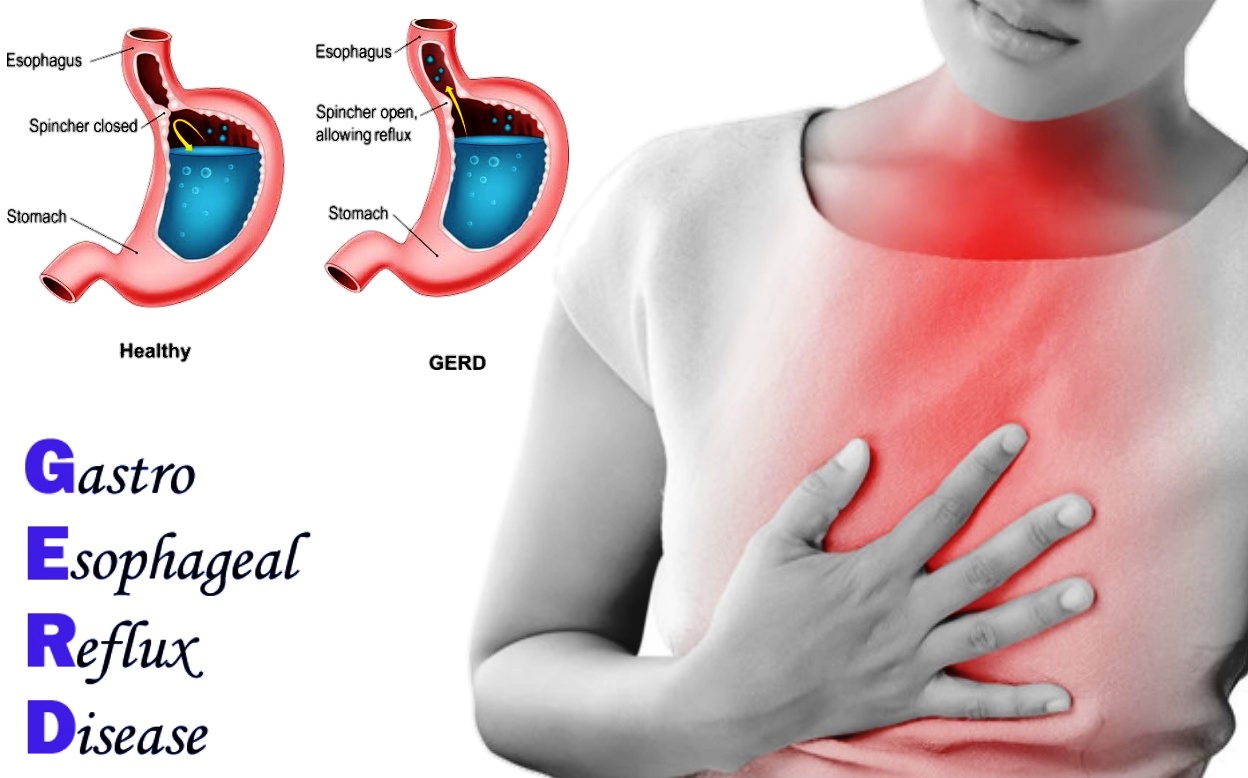
Celiac disease is an autoimmune condition that causes the body to attack the intestinal lining if a person eats foods containing gluten.
Unlike non-celiac gluten sensitivity, celiac disease is a serious condition that can cause damage to the intestines if left untreated.
Symptoms of celiac disease can include:
- long-term diarrhea
- constipation
- stools that are pale, that are smellier than usual, and that float
- abdominal pain
- bloating
- gas
- nausea
- vomiting
Over time, untreated celiac disease can lead to complications such as:
- malnutrition
- bone softening
- problems relating to the nervous system
- problems with reproduction
The main treatment for celiac disease is following a gluten-free diet.
When to contact a doctor
The sooner doctors can reach a celiac disease diagnosis, the sooner they can recommend dietary and medicinal treatment options.
People experiencing recurring symptoms of celiac disease should contact a doctor for assessment.
A person with a diagnosis should seek medical help if previous symptoms return suddenly or worsen or if the person experiences unexplained fatigue.
Crohn’s disease is a type of inflammatory bowel disease (IBD). It causes chronic inflammation in the GI tract, most often in the small intestine.
Some common symptoms of Crohn’s disease include:
- chronic diarrhea
- unexplained weight loss
- stomach pain
- bloody stools
- fatigue
Crohn’s disease may be due to an autoimmune reaction to certain bacteria in the digestive tract. However, genetic and environmental factors can play a role as well.
People with Crohn’s disease often require drugs to reduce the inflammation. Some people may also require bowel rests to help the intestines heal, or surgery.
Learn about the five types of Crohn’s disease and their symptoms here.
When to contact a doctor
Crohn’s disease is a serious condition that requires medicinal or surgical treatment.
People should contact a doctor to test for Crohn’s disease if they experience any of the above symptoms. The sooner that a person can treat and control their flare-ups, the better chance they have of avoiding complications in the future.
Individuals with the condition should seek emergency medical help if their treatments appear to have stopped working or if symptoms become more frequent or severe.
UC is a type of IBD that causes inflammation in the rectum and large intestine. The inflammation can also spread to other parts of the intestine over time.
Some symptoms of UC may include:
- long-term diarrhea
- unexplained weight loss
- tiredness
- abdominal pain
As with other types of IBD, what triggers UC could be a combination of an autoimmune response, genetics, and environmental causes.
When to contact a doctor
People without a previous diagnosis of UC should seek immediate medical help if they experience any of the above symptoms. Doctors will be able to determine whether the person has the condition or not and suggest a treatment plan if necessary.
Doctors will be able to determine whether the person has the condition or not and suggest a treatment plan if necessary.
Treatment may involve dietary changes, medications to manage inflammation and reduce symptoms, or surgery. The sooner that a person starts treating their UC, the better their long-term outlook will be.
Individuals with UC should contact a doctor if they experience severe or recurring flare-ups.
Other less common digestive disorders can cause stomach issues. A person experiencing any of the below symptoms should contact a doctor immediately for testing and potential treatment.
Hirschsprung’s disease
Hirschsprung’s disease is a rare condition that people are born with. It involves the body’s inability to reflexively open the internal anal sphincter.
Symptoms in newborns may include:
- not passing their first bowel movement within 48 hours of birth
- constipation
- vomiting
- swollen stomach
Symptoms occurring later in life may include:
- lack of appetite
- diarrhea
- small, watery stools
The usual treatment for Hirschsprung’s disease is surgery.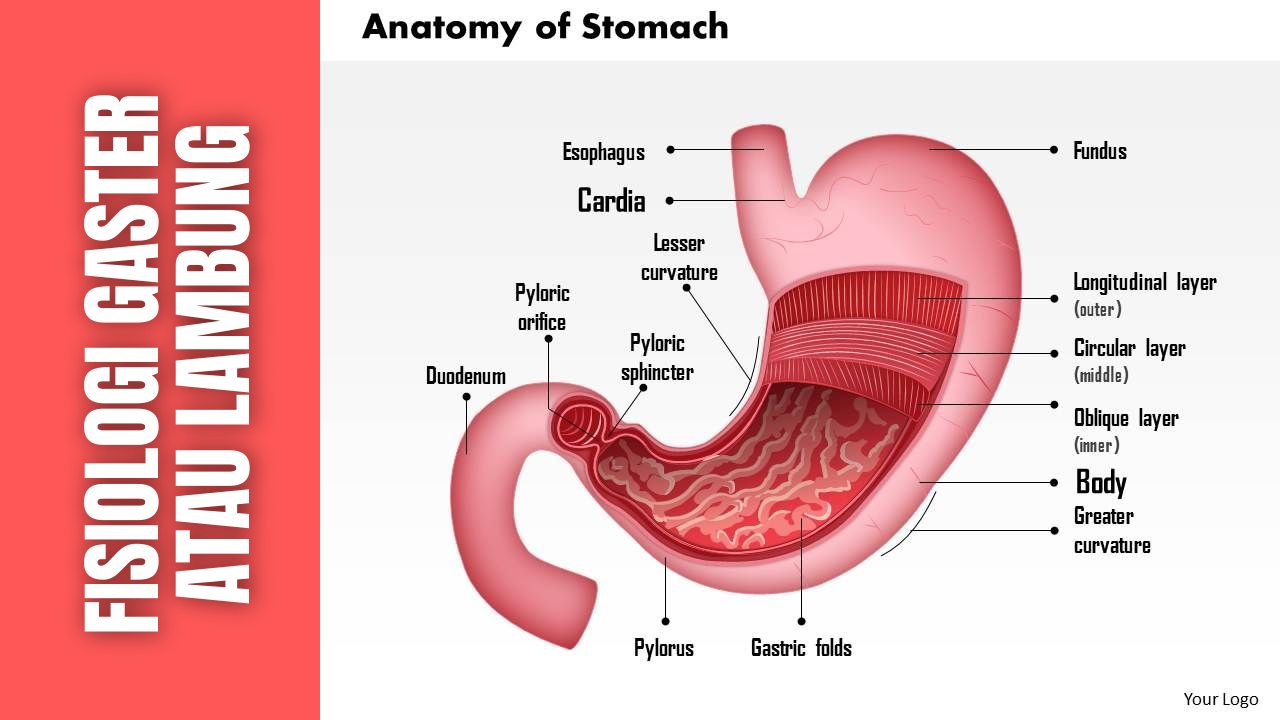
Achalasia
Achalasia is a rare condition that typically affects adults aged 25–60 years. It occurs when the esophagus loses the ability to move food toward the stomach, and the valve at the end may fail to open.
Symptoms may include:
- the sensation while eating that food is not “going down”
- heartburn
- regurgitation of food
- coughing or choking during sleep
Treatment may involve medication or surgery.
Ménétrier disease
Ménétrier disease occurs when the mucous membrane that lines the stomach overgrows and leads to large gastric folds.
Some symptoms that people may experience are:
- pain in the upper middle region of the stomach
- nausea
- vomiting
- diarrhea
However, some people have no symptoms. Doctors do not know the exact cause of Ménétrier disease.
Treatment may involve medications or potentially a gastrectomy, which is the surgical removal of part or all of the stomach.
Doctors may begin trying to diagnose a digestive condition by performing a physical examination and asking questions about an individual’s symptoms and medical history. For example, a doctor may ask about:
- medications a person takes
- their diet and lifestyle
- whether any relatives have digestive conditions
They may then proceed to order tests such as:
- blood tests, which may help detect celiac disease, inflammation, or signs of infection
- stool tests, which can detect inflammation and examine the bacteria in a person’s gut
- endoscopy, which involves a doctor inserting a tiny camera into the esophagus to examine the upper GI tract
- colonoscopy, during which a doctor inserts a tiny camera into the rectum to examine the lower GI tract
- lactulose breath tests, which doctors use to diagnose SIBO
- medical imaging, such as CT scans, ultrasounds, and X-rays
A person may need to consult different medical professionals while getting a diagnosis. For instance, they may consult a primary care physician, gastroenterologists, or dietitians, among others.
For instance, they may consult a primary care physician, gastroenterologists, or dietitians, among others.
There are many digestive disorders, ranging from common to rare. Many involve similar symptoms, which can make them difficult to diagnose.
If a person notices that they have symptoms that are not normal for them, they should seek medical advice to rule out serious conditions, receive a diagnosis, and begin to undergo treatment.
Common digestive disorders: Symptoms and treatments
People may experience stomach issues for reasons ranging from eating habits to digestive disorders. Common symptoms of stomach issues include cramps, vomiting, and changes to stool.
The gastrointestinal (GI) tract consists of the mouth, stomach, and intestines. Together with the liver, gallbladder, and pancreas, these organs work together to absorb nutrients and expel waste.
Disturbances to this process can cause a range of symptoms, from cramps to vomiting. Many of these issues may pass with time and pose little risk of complication.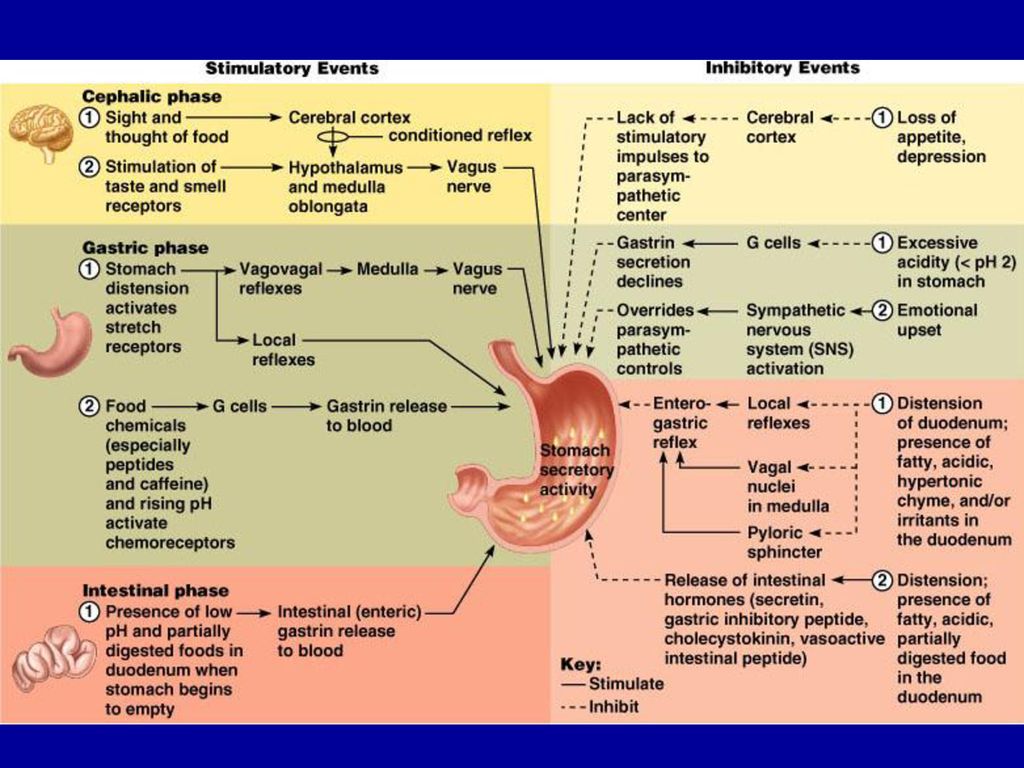 However, seemingly common stomach issues can be the result of several digestive disorders.
However, seemingly common stomach issues can be the result of several digestive disorders.
Knowing the signs and symptoms of common digestive disorders can help people identify them and seek relevant treatment.
In this article, we provide a list of more and less common digestive disorders, discuss their symptoms and treatments, and indicate when to contact a doctor.
Digestive disorders are a group of conditions that occur when the digestive system does not function as it should. Health experts split them into two categories: organic and functional GI disorders.
Organic GI disorders occur when there are structural abnormalities in the digestive system, which prevents it from working properly.
In functional GI disorders, the GI tract appears to be structurally normal but still does not function well.
Some of the more common digestive disorders include:
- irritable bowel syndrome (IBS)
- small intestinal bacterial overgrowth (SIBO)
- gastroesophageal reflux disease (GERD)
- gallstones
- celiac disease
- Crohn’s disease
- ulcerative colitis (UC)
Examples of less common digestive disorders include:
- Hirschsprung’s disease
- achalasia
- Ménétrier disease
In the following sections, we look at these conditions in more detail.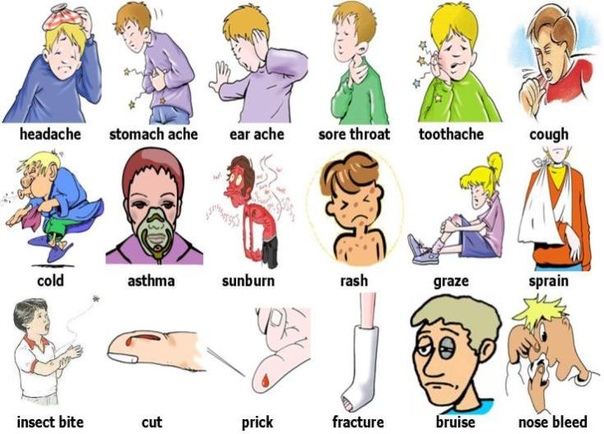
The main symptom of IBS is abdominal pain, which may occur before or after bowel movements. People can also experience diarrhea, constipation, or both.
Whether a person typically experiences diarrhea or constipation more often, or both equally, determines which type of IBS they have.
Other symptoms of IBS may include:
- bloating
- white mucus in the stool
- incomplete bowel movements
A combination of factors can cause or worsen IBS symptoms. People with IBS are more likely to have experienced traumatic life events or to have a mental health condition. However, IBS can also develop after an infection or as a result of SIBO.
A variety of factors can contribute to IBS. That is why different people benefit from different approaches to managing their symptoms. They may need to:
- make dietary changes
- learn to reduce stress
- address underlying conditions
Learn more about treatments for IBS here.
When to contact a doctor
Individuals with IBS should consult a doctor if they experience severe abdominal pain or cramps.
They should also contact a medical professional if any other IBS symptoms suddenly worsen or change or affect the person’s daily functioning or quality of life.
SIBO occurs when bacteria from the large intestine migrate to the small intestine, causing symptoms such as:
- bloating
- diarrhea
- constipation
Treatment for SIBO involves taking antibiotics, but it may also include medications to help with digestion and address the underlying cause.
When to contact a doctor
A person experiencing SIBO symptoms for the first time should contact a doctor immediately. The doctor can advise them about what medications or lifestyle changes may help with their condition.
People who have a previous SIBO diagnosis should contact a doctor if their symptoms suddenly become worse or affect their daily life or if their treatment plan is no longer working.
Acid reflux occurs when a person’s stomach contents come back up into the esophagus or food pipe.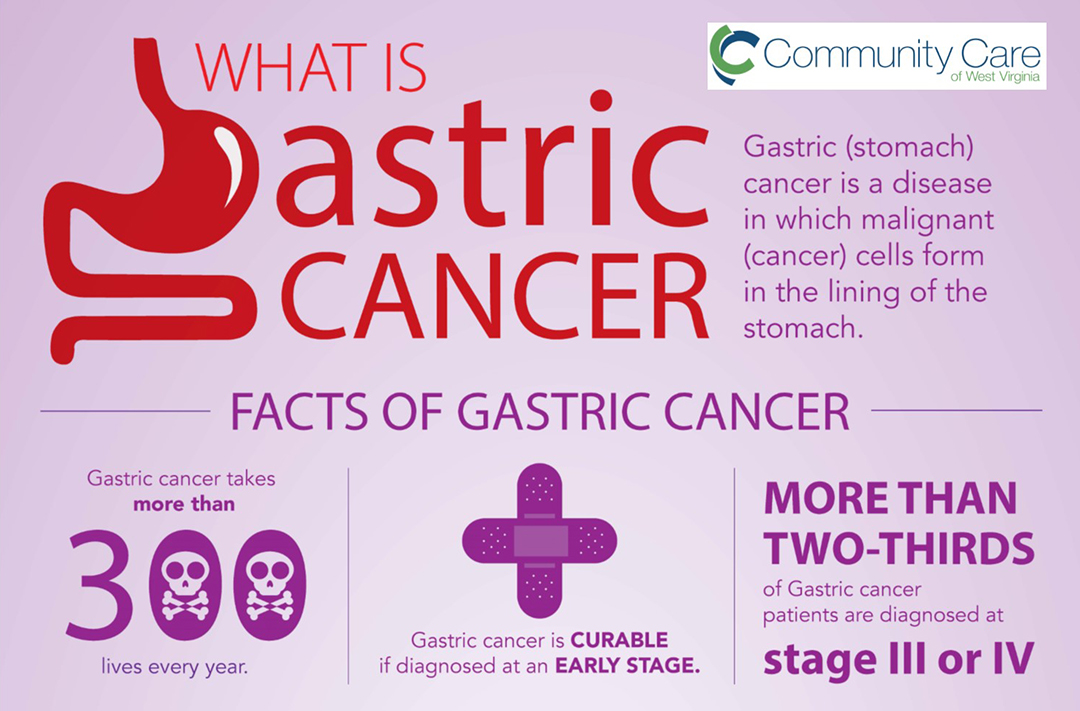 If this happens frequently, a person may have GERD, which is a long-term condition.
If this happens frequently, a person may have GERD, which is a long-term condition.
GERD can cause esophagitis, which is inflammation or irritation of the esophagus. However, a person can also have GERD without esophagitis.
Common symptoms of GERD with esophagitis include:
- heartburn
- acid reflux
- chest pain
- nausea
- pain while swallowing
Doctors are not always sure what causes GERD, but risk factors can include:
- taking certain medications, such as nonsteroidal anti-inflammatory drugs
- having obesity
- inhaling secondhand smoke
- being pregnant
- having a hiatal hernia
Treatment for GERD may include making dietary changes, quitting smoking, taking over-the-counter medications to manage the symptoms, or receiving treatments that address the underlying cause.
When to contact a doctor
Severe GERD can impact a person’s quality of life.
Individuals should consult a healthcare professional if they experience any of the following:
- worsening symptoms
- an increase in symptom frequency
- difficulty swallowing
- unexplained weight loss
- vomiting as a result of GERD
The gallbladder is a small sac that stores bile, which the body uses during digestion.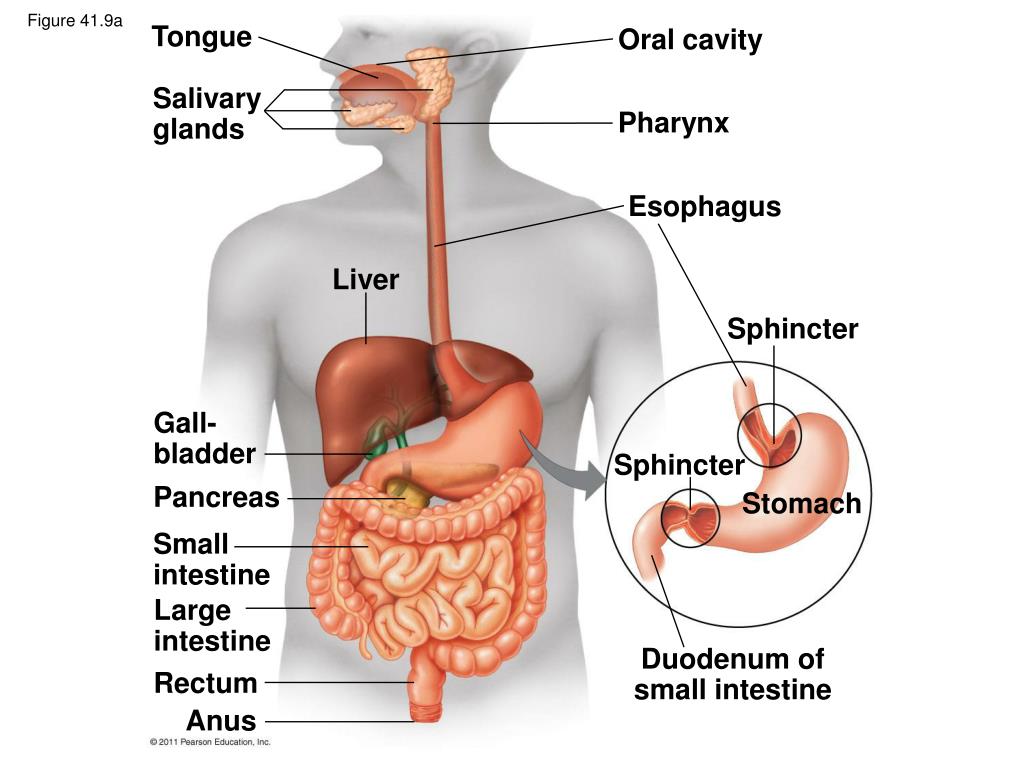 Gallstones are small stones that form in the gallbladder.
Gallstones are small stones that form in the gallbladder.
In most cases, a person may not know that they have gallstones, as they usually do not produce any symptoms. However, people may experience symptoms if the gallstones form in front of an opening in the gallbladder.
Symptoms may include:
- persistent pain below the ribs, on the right-hand side of the body
- jaundice
- a high temperature
- nausea
- vomiting
- sweating
Treatment for gallstones may include surgical removal of the gallbladder or a procedure whereby a healthcare professional will remove gallstones from the bile duct.
When to contact a doctor
While gallstones often do not cause any symptoms, they can lead to serious complications.
People should seek medical attention if they experience any of the following:
- abdominal pain that lasts for more than 8 hours
- jaundice
- a high temperature or chills
It is also advisable to consult a healthcare professional if an individual is experiencing any of these symptoms more than 2–3 times per week over the course of weeks or months.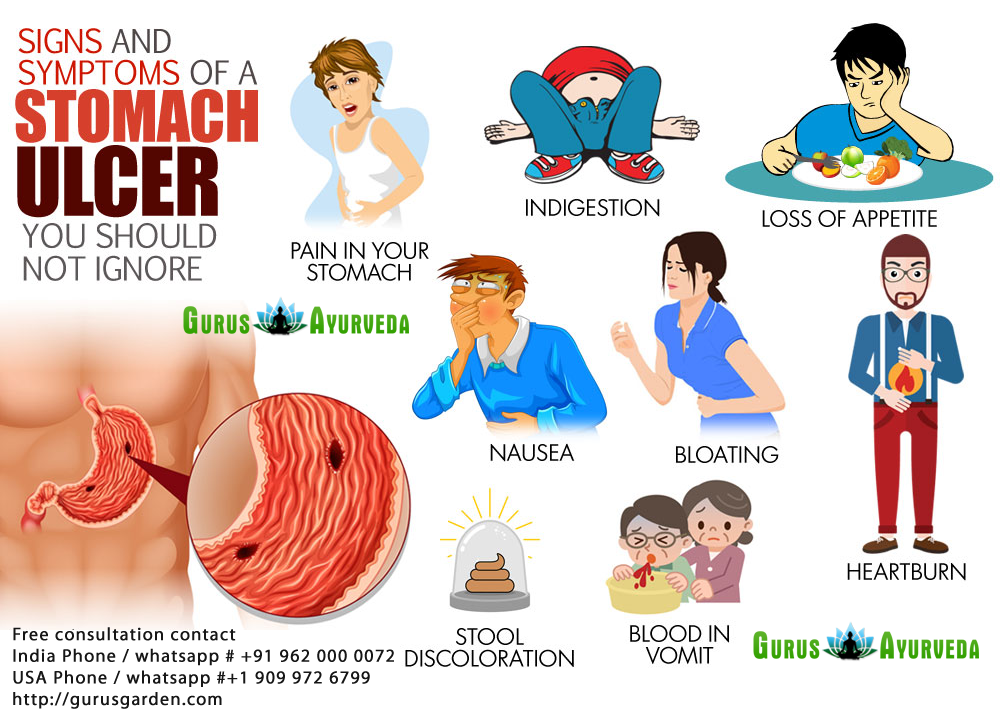
Celiac disease is an autoimmune condition that causes the body to attack the intestinal lining if a person eats foods containing gluten.
Unlike non-celiac gluten sensitivity, celiac disease is a serious condition that can cause damage to the intestines if left untreated.
Symptoms of celiac disease can include:
- long-term diarrhea
- constipation
- stools that are pale, that are smellier than usual, and that float
- abdominal pain
- bloating
- gas
- nausea
- vomiting
Over time, untreated celiac disease can lead to complications such as:
- malnutrition
- bone softening
- problems relating to the nervous system
- problems with reproduction
The main treatment for celiac disease is following a gluten-free diet.
When to contact a doctor
The sooner doctors can reach a celiac disease diagnosis, the sooner they can recommend dietary and medicinal treatment options.
People experiencing recurring symptoms of celiac disease should contact a doctor for assessment.
A person with a diagnosis should seek medical help if previous symptoms return suddenly or worsen or if the person experiences unexplained fatigue.
Crohn’s disease is a type of inflammatory bowel disease (IBD). It causes chronic inflammation in the GI tract, most often in the small intestine.
Some common symptoms of Crohn’s disease include:
- chronic diarrhea
- unexplained weight loss
- stomach pain
- bloody stools
- fatigue
Crohn’s disease may be due to an autoimmune reaction to certain bacteria in the digestive tract. However, genetic and environmental factors can play a role as well.
People with Crohn’s disease often require drugs to reduce the inflammation. Some people may also require bowel rests to help the intestines heal, or surgery.
Learn about the five types of Crohn’s disease and their symptoms here.
When to contact a doctor
Crohn’s disease is a serious condition that requires medicinal or surgical treatment.
People should contact a doctor to test for Crohn’s disease if they experience any of the above symptoms. The sooner that a person can treat and control their flare-ups, the better chance they have of avoiding complications in the future.
Individuals with the condition should seek emergency medical help if their treatments appear to have stopped working or if symptoms become more frequent or severe.
UC is a type of IBD that causes inflammation in the rectum and large intestine. The inflammation can also spread to other parts of the intestine over time.
Some symptoms of UC may include:
- long-term diarrhea
- unexplained weight loss
- tiredness
- abdominal pain
As with other types of IBD, what triggers UC could be a combination of an autoimmune response, genetics, and environmental causes.
When to contact a doctor
People without a previous diagnosis of UC should seek immediate medical help if they experience any of the above symptoms. Doctors will be able to determine whether the person has the condition or not and suggest a treatment plan if necessary.
Doctors will be able to determine whether the person has the condition or not and suggest a treatment plan if necessary.
Treatment may involve dietary changes, medications to manage inflammation and reduce symptoms, or surgery. The sooner that a person starts treating their UC, the better their long-term outlook will be.
Individuals with UC should contact a doctor if they experience severe or recurring flare-ups.
Other less common digestive disorders can cause stomach issues. A person experiencing any of the below symptoms should contact a doctor immediately for testing and potential treatment.
Hirschsprung’s disease
Hirschsprung’s disease is a rare condition that people are born with. It involves the body’s inability to reflexively open the internal anal sphincter.
Symptoms in newborns may include:
- not passing their first bowel movement within 48 hours of birth
- constipation
- vomiting
- swollen stomach
Symptoms occurring later in life may include:
- lack of appetite
- diarrhea
- small, watery stools
The usual treatment for Hirschsprung’s disease is surgery.
Achalasia
Achalasia is a rare condition that typically affects adults aged 25–60 years. It occurs when the esophagus loses the ability to move food toward the stomach, and the valve at the end may fail to open.
Symptoms may include:
- the sensation while eating that food is not “going down”
- heartburn
- regurgitation of food
- coughing or choking during sleep
Treatment may involve medication or surgery.
Ménétrier disease
Ménétrier disease occurs when the mucous membrane that lines the stomach overgrows and leads to large gastric folds.
Some symptoms that people may experience are:
- pain in the upper middle region of the stomach
- nausea
- vomiting
- diarrhea
However, some people have no symptoms. Doctors do not know the exact cause of Ménétrier disease.
Treatment may involve medications or potentially a gastrectomy, which is the surgical removal of part or all of the stomach.
Doctors may begin trying to diagnose a digestive condition by performing a physical examination and asking questions about an individual’s symptoms and medical history. For example, a doctor may ask about:
- medications a person takes
- their diet and lifestyle
- whether any relatives have digestive conditions
They may then proceed to order tests such as:
- blood tests, which may help detect celiac disease, inflammation, or signs of infection
- stool tests, which can detect inflammation and examine the bacteria in a person’s gut
- endoscopy, which involves a doctor inserting a tiny camera into the esophagus to examine the upper GI tract
- colonoscopy, during which a doctor inserts a tiny camera into the rectum to examine the lower GI tract
- lactulose breath tests, which doctors use to diagnose SIBO
- medical imaging, such as CT scans, ultrasounds, and X-rays
A person may need to consult different medical professionals while getting a diagnosis. For instance, they may consult a primary care physician, gastroenterologists, or dietitians, among others.
For instance, they may consult a primary care physician, gastroenterologists, or dietitians, among others.
There are many digestive disorders, ranging from common to rare. Many involve similar symptoms, which can make them difficult to diagnose.
If a person notices that they have symptoms that are not normal for them, they should seek medical advice to rule out serious conditions, receive a diagnosis, and begin to undergo treatment.
Treatment of diseases of the gastrointestinal tract
Signs, symptoms and treatment of diseases of the gastrointestinal tract
If the gastrointestinal tract is functioning properly, it properly processes food to provide the body with the energy it needs. But sometimes in his work there is a failure, which causes many diseases of the gastrointestinal tract and the whole organism.
When seeking medical help, patients most often complain about abdominal pain, nausea, flatulence which are the main symptoms of diseases of the gastrointestinal tract.
In diseases of the stomach pains often occur. Most often discomfort is felt in the upper abdomen (under the pit of the stomach). The nature of the pain can vary, they can be weak or intense. Mild pain, or rather even a feeling of discomfort and heaviness under the sternum, is experienced by patients with reduced production of gastric juice. It is difficult for them to determine the specific place of pain, and indicate exactly where it hurts. These pains occur at any time of the day, regardless of the time of eating. In addition to pain, signs of diseases of this part of the gastrointestinal tract are decrease or loss of appetite, belching “rotten” , may appear tendency to diarrhea .
If the production of gastric juice is too active (gastritis with increased secretory activity or gastric ulcer), then the nature of the pain is completely different. Moreover, if the patient has a stomach ulcer, then, unlike a patient with gastritis, he can accurately indicate the place where he has pain. Also, the patient can clearly associate the time of meals with the appearance of pain. As a rule, the stomach begins to hurt either during a meal, or a few minutes after the end of the meal. Sometimes at night, when a person’s stomach is empty, he may experience hungry pains .
Also, the patient can clearly associate the time of meals with the appearance of pain. As a rule, the stomach begins to hurt either during a meal, or a few minutes after the end of the meal. Sometimes at night, when a person’s stomach is empty, he may experience hungry pains .
Abdominal pain is a symptom of diseases of the small intestine . Most often it is localized in the middle sections of the abdomen and in the umbilical region. With these diseases, the pain is dull and bursting, it is associated with the accumulation of gases in the intestines.
Inflammatory processes in the colon , such as chronic colitis, can also cause abdominal pain. They are localized in the lower abdomen and in its lateral sections (most often, on the left side). If the inflammation begins in the transverse colon, then the pain can spread to the upper intestines.
In chronic colitis the pain is cramping, which is why it is often called intestinal colic.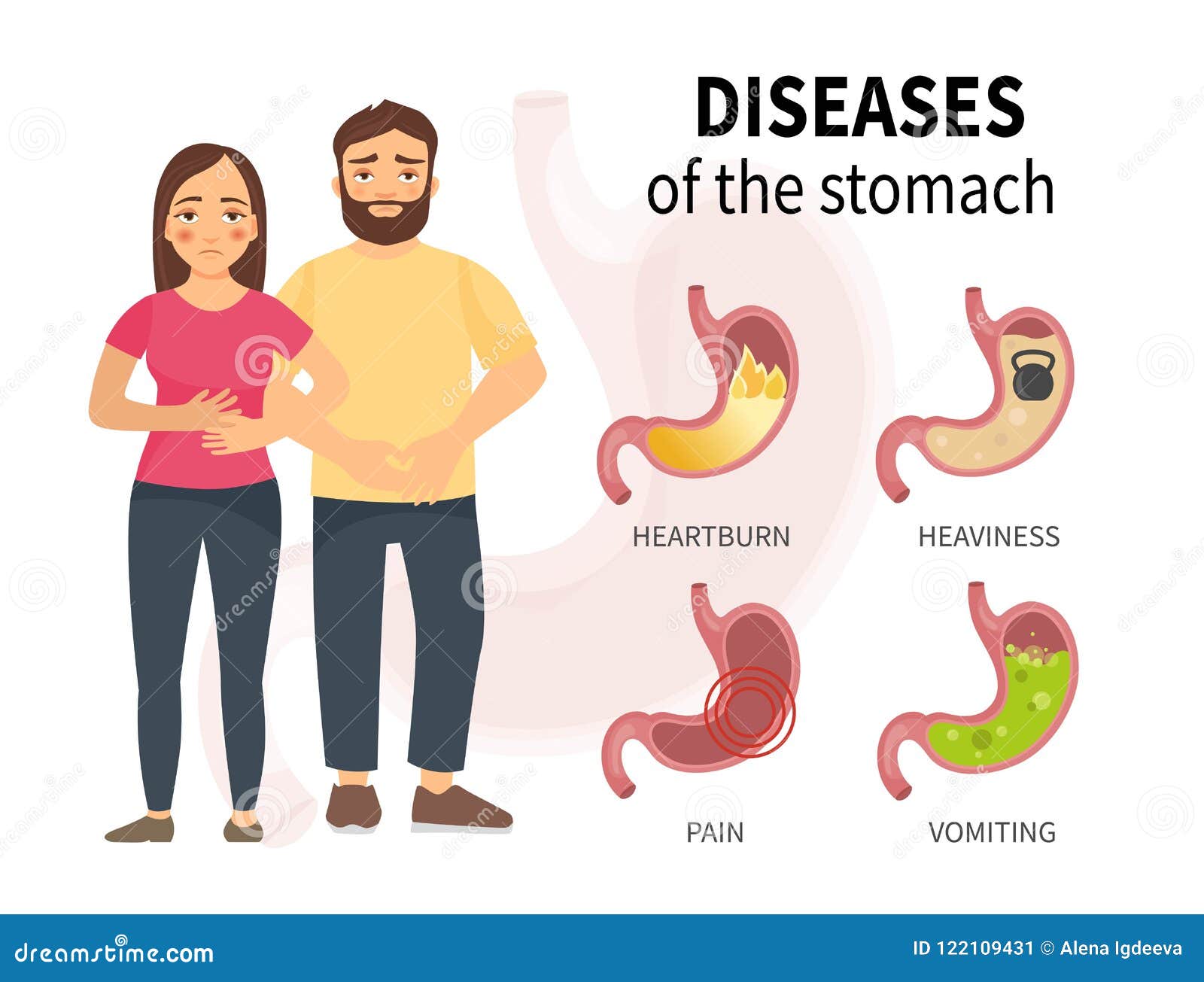 A person feels a tight knot in the abdomen, which can twist sharply (an attack of pain) and then relax. Such attacks are often accompanied by nausea and vomiting. Often, colic can provoke the intake of food that causes increased gas formation.
A person feels a tight knot in the abdomen, which can twist sharply (an attack of pain) and then relax. Such attacks are often accompanied by nausea and vomiting. Often, colic can provoke the intake of food that causes increased gas formation.
Treatment of people with diseases of the gastrointestinal tract (suggesting organ dysfunction) is a rather difficult task. To prevent the development of more severe forms of diseases, it is necessary to treat chronic inflammatory processes of the digestive system in the early stages.
Diseases of the gastrointestinal tract (GIT) – GBU “Polyclinic No. 4 of Grozny”
Digestion involves a dozen organs that grind food, absorb nutrients and remove excess from the body. This is a “full cycle” system – from the absorption of food products and their processing to the removal of undigested residues. It is extremely important that each of its elements work clearly and do not fail.
How the human gastrointestinal tract works
Digestion is like going down a slide in a water park.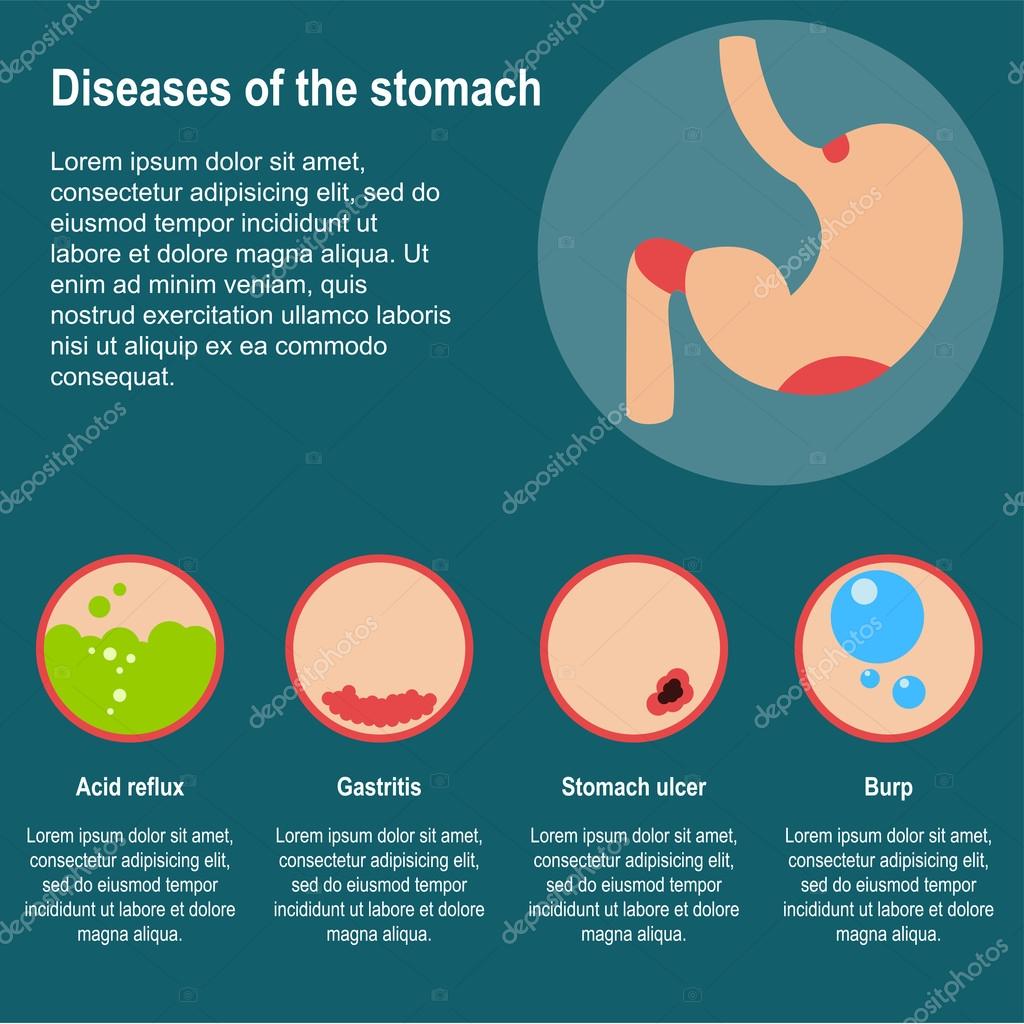 The beginning of the journey is oral cavity where food is chewed, crushed, mixed with saliva and turned into a soft food bolus.
The beginning of the journey is oral cavity where food is chewed, crushed, mixed with saliva and turned into a soft food bolus.
This is interesting
The oral mucosa has receptors that help to recognize the taste, temperature and texture of food. These sensors transmit signals to the brain, which activates the salivary, fundus, and pancreas glands.
This is followed by pharynx — a funnel-shaped canal in which the digestive and respiratory tracts intersect.
The journey of food continues in the esophagus, a cylindrical muscular tube 22–25 cm long.
Stomach is a sac-like muscular organ that connects the esophagus to the duodenum (duodenum). It is like a cauldron in which food is accumulated, mixed to a paste-like mass and digested by the action of gastric juice. Gastric juice consists of enzymes and hydrochloric acid, which is why it has a pronounced acidity (about 1. 5–2.0 pH). Gastric juice breaks down proteins and other chemical compounds, after which they are transported to the small intestine for final digestion and assimilation.
5–2.0 pH). Gastric juice breaks down proteins and other chemical compounds, after which they are transported to the small intestine for final digestion and assimilation.
Length small intestine , consisting of the duodenum, jejunum and ileum and occupying most of the abdominal cavity, about 4.5 m. The small intestine contains glands that produce intestinal juice for the main digestion of food and the absorption of nutrients into the blood .
Large intestine – the lower part of the intestine, in which the absorption of water, electrolytes, fiber and the formation of unusable food residues in the feces. The large intestine is 1.5 m long and is divided into the caecum, colon, and rectum. The rectum – the final section of the digestive tract – ends with an opening (anus). Serves for the accumulation of feces and bowel movements. Here ends the “unprecedented journey” – processed food residues leave the body.
Digestion also involves the pancreas, kidneys, adrenal glands, gallbladder and liver.
The pancreas is located in close proximity to the stomach and duodenum. It secretes pancreatic juice, which contributes to the full digestion of food and the flow of metabolic processes.
Liver takes part in the metabolism of lipids, vitamins, proteins and carbohydrates, synthesizes blood proteins: globulins, albumins and fibrinogen. The organ is involved in immunological reactions.
Functions of the gallbladder – store and supply as needed concentrated bile, which is constantly produced by liver cells. Bile is directly involved in human digestion and acts as a kind of antibacterial agent.
It is worth mentioning the role in digestion of the kidneys and adrenal glands related to the urinary system. They process the water that comes from the colon, filtering it into suitable for the needs of the body and into urine containing unnecessary impurities and to be excreted.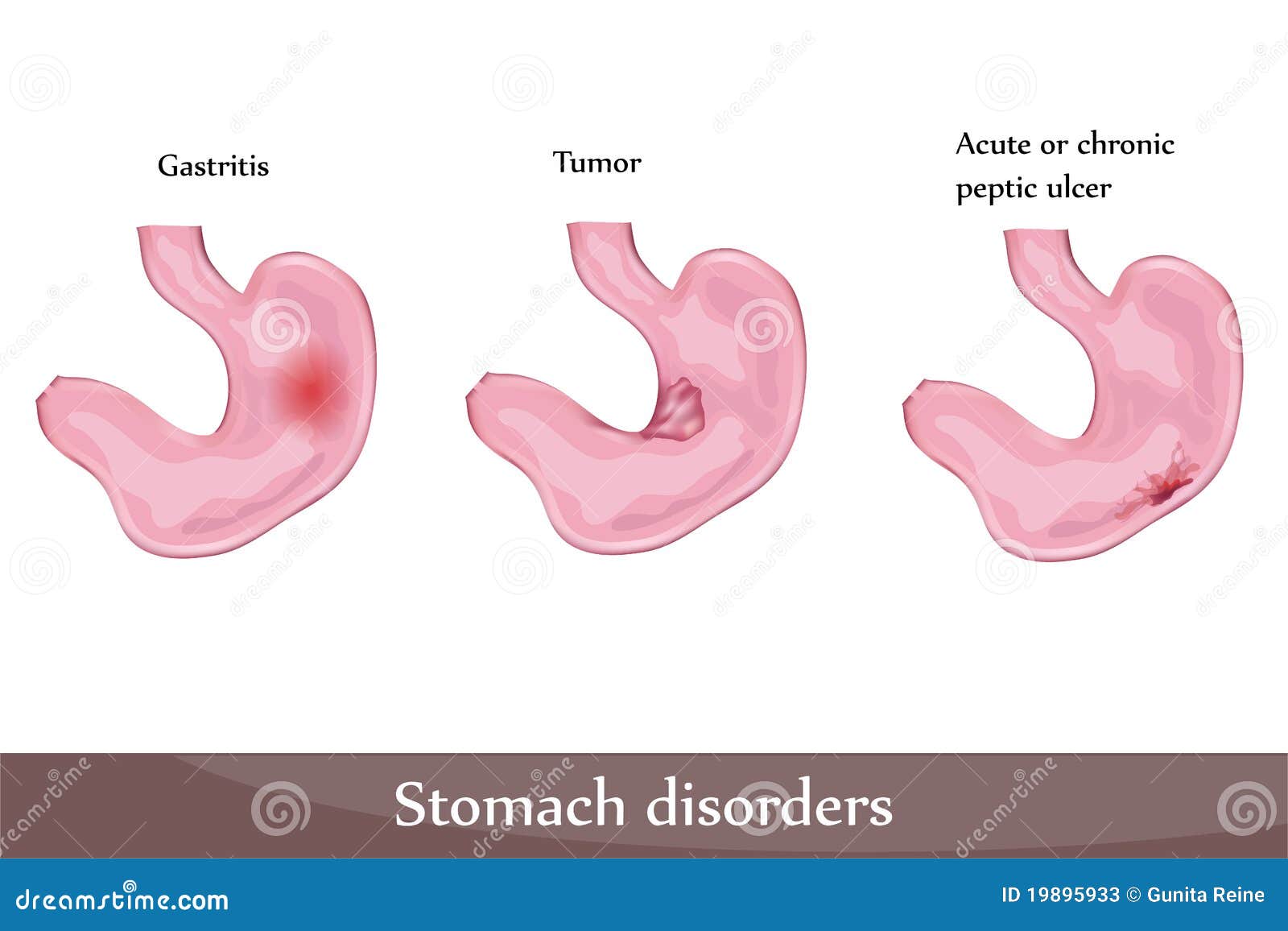
At each stage of the passage of food through the gastrointestinal tract, failures are possible, leading to incomplete digestion of food, problems with the excretion of waste material and threatening the development of pathologies of the gastrointestinal tract.
The leading cause of problems with the digestive system is malnutrition, which has various forms. These are overeating and eating heavy meals, malnutrition and starvation, irregular meals, quick snacks, scarcity and imbalance in the diet. The gastrointestinal tract is adversely affected by poorly purified water, harmful food additives.
Other factors: poor environment, stress, harmful working conditions, addictions, congenital predisposition, autoimmune diseases and disruptions in the endocrine system, side effects of drugs (antibiotics, anti-inflammatory, painkillers, hormonal drugs), violation of sanitary standards in the preparation and use of food capable of causing infectious diseases and parasitic infestation.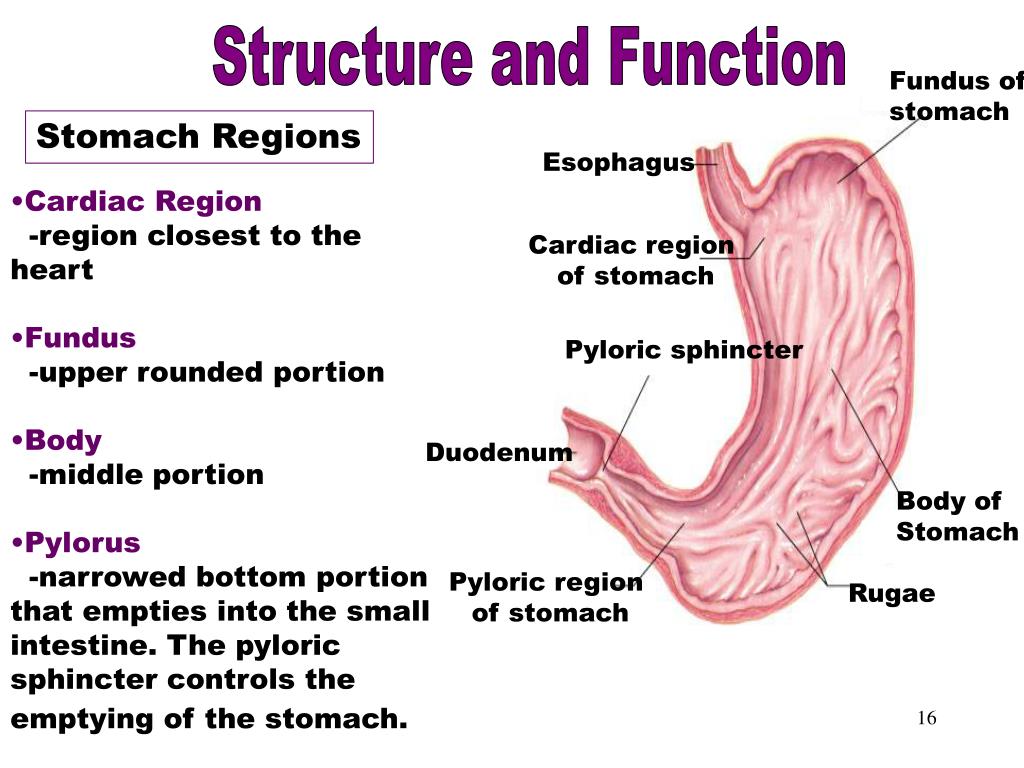
Disruptions in the digestive system negatively affect the entire body, reduce immunity, disrupt metabolism, lead to a deterioration in the appearance of the skin, brittle hair and nails. They are fraught with numbness of the limbs, pain in the muscles and bones, sleep disturbance.
Possible complications for the cardiovascular system: hypertension, arrhythmia, angina pectoris, risk of stroke and heart attack. Against the background of diseases of the gastrointestinal tract, anular stomatitis, glossitis, bleeding gums, eczema, neurodermatitis can develop. With advanced forms of gastrointestinal diseases, damage to the pituitary gland, adrenal glands, sex glands, and thyroid gland is possible.
Diseases of the gastrointestinal tract: what the statistics say
Diseases of the gastrointestinal tract are among the most common pathologies in the world.
Medical statistics Mortality from gastroenterological causes in Russia ranks third after cardiovascular and oncological diseases and is about 0. 08% (80 cases per 100,000 people). An increase in deaths by an average of 0.003% is recorded annually.
08% (80 cases per 100,000 people). An increase in deaths by an average of 0.003% is recorded annually.
Men are 38% more likely to become victims of gastrointestinal diseases, which is associated with both uncontrolled alcohol consumption and late seeking medical help.
Among the deadly gastroenterological diseases, over 45% are liver diseases caused by alcohol. Men die twice as many as women (ratio 16:7). Acute pancreatitis and other diseases of the pancreas are the cause of death in 17% of gastroenterologist patients. Death from peritonitis due to gallbladder rupture is less than 1%.
Lethal bowel diseases are caused by neglected forms of inflammation and perforation (violation of integrity, formation of holes) of the walls of the small and large intestine. In particular, appendicitis (inflammation of the caecum) is responsible for up to 4% of all deaths associated with the gastrointestinal tract. The same amount falls on a heart attack (necrosis, necrosis) of the intestine.
Despite its wide prevalence, gastric and duodenal ulcer is the cause of death in no more than 10% in the gastroenteric group.
Chronic gastritis is the leader among non-lethal diseases of the gastrointestinal tract. Up to 80–90% of patients in the world suffer from it, which is facilitated by the pathogenic bacterium Helicobacter pylori, which causes inflammation of the gastric mucosa. In developing countries, infection with Helicobacter pylori in people over the age of 40 reaches 95%.
In Russia, the presence of Helicobacter pylori in the stomach is noted according to various sources in 62–94% of adult patients.
Consequence of gastritis – stomach ulcer is found in every 15th inhabitant of the Earth. In our country, the statistics are more optimistic – only 1 out of 40 Russians is sick. Men “earn” an ulcer 2-4 times more often than women.
The prevalence of gastroesophageal reflux disease (GERD) reaches 50% among the adult population.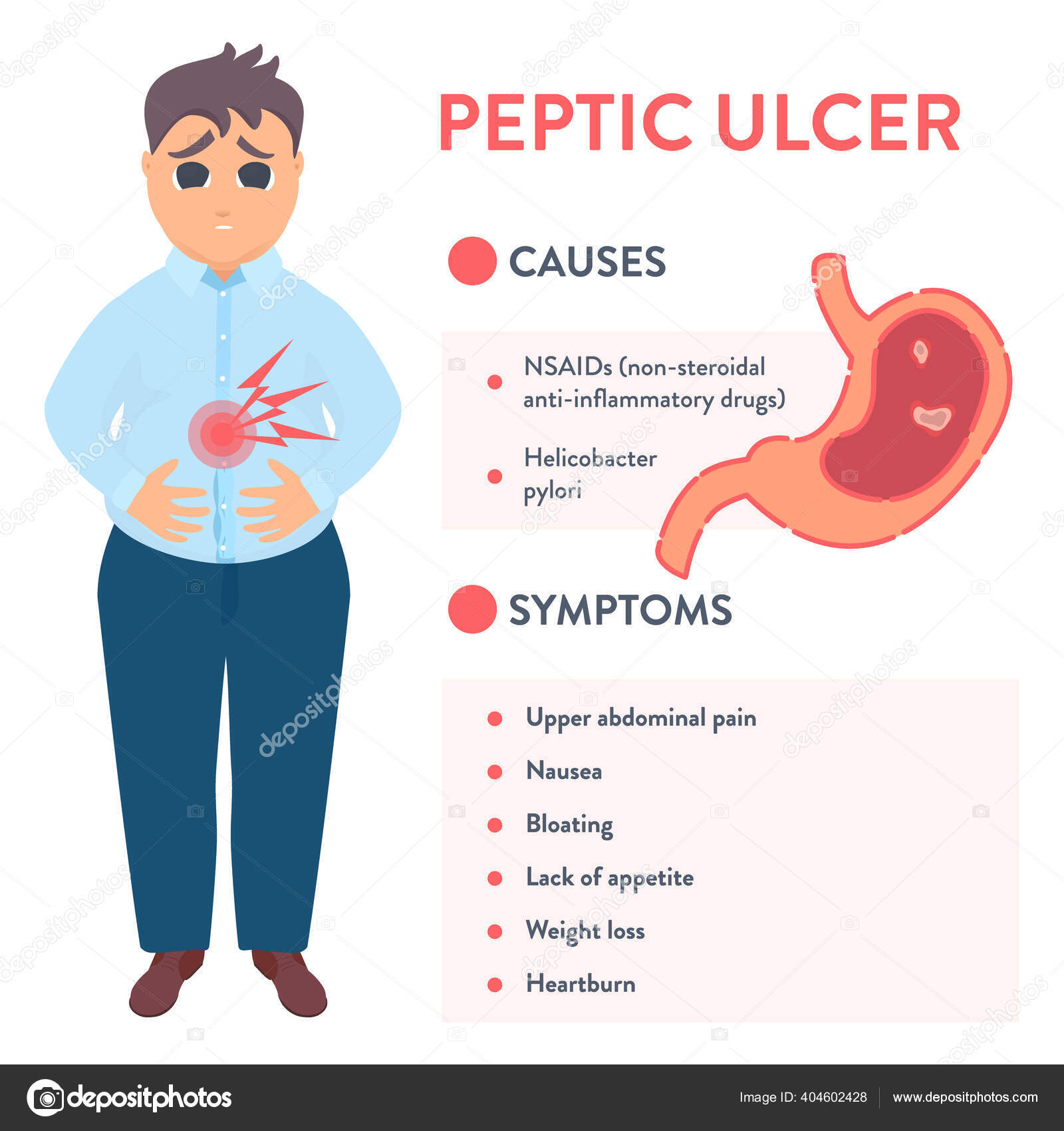 Symptoms of the disease are observed equally often in both men and women.
Symptoms of the disease are observed equally often in both men and women.
Duodenitis is a common duodenal disease affecting 5-10% of patients. In men, it is diagnosed twice as often due to alcohol abuse and poor lifestyle.
Relatively common and colitis – inflammatory diseases of the walls of the large intestine. The cause of the disease are pathogenic microbes (streptococci, staphylococci, Escherichia coli).
Appendicitis (inflammation of the caecum) occurs in 30% of Russians.
Every tenth man and every fourth woman who complains of abdominal pain is diagnosed with chronic cholecystitis (cholelithiasis).
dysbacteriosis is common among children and adults — an imbalance in the intestinal microflora, leading to disruption of the digestive system.
Symptoms of the most common diseases of the gastrointestinal tract
Typical signs of gastrointestinal pathologies: heartburn (burning from the reflux of stomach contents into the esophagus), intestinal flatulence and stenosis (bloating caused by the accumulation of gases in the intestines), belching (exhalation of gases from the stomach or esophagus) , nausea and vomiting, stool problems (constipation or diarrhea), bad breath, plaque on the tongue.
Less common: dysphagia (swallowing disorder, accompanied by pain and a feeling of stopping the food bolus), impurities in the feces (blood, mucus, undigested food residues), swelling of the tongue, bitterness in the mouth, skin itching and other allergic reactions. Diseases of a single pathogenesis have both general and specific signs.
Diseases of the stomach
Pain in the epigastric (epigastric) region and dyspeptic syndrome (sour belching, heartburn, vomiting and nausea) may indicate a number of diseases of the stomach, esophagus and PrEP.
With peptic ulcer , which is a wound in the wall of the DCT or stomach, there are sharp periodic pains in the left hypochondrium, weakness, diarrhea, vomiting, bloody impurities in the feces.
Inflammatory processes of the stomach ( gastritis ) and duodenum ( duodenitis ) are similarly manifested. Diseases are accompanied by sharp, aching or pulling pains in the upper abdomen, nausea, vomiting, problems with stools. Patients experience a feeling of a full stomach and heaviness in the abdomen even with a small intake of food.
Patients experience a feeling of a full stomach and heaviness in the abdomen even with a small intake of food.
Hernia of the esophagus also gives pain in the epigastric region when changing positions and after eating. It is also possible to experience back pain and girdle pain. In 20% of patients (mostly older than 60 years), there are pains in the region of the heart against the background of concomitant cardiac diseases.
The intestine often suffers from inflammatory processes and infectious lesions. Inflammation of the large and small intestine ( enteritis and colitis ) are accompanied by stool disorder (up to 15 times a day). During a bowel movement and immediately after it, the patient experiences severe weakness, dizziness, nausea, and a drop in pressure. There is bloating, cold sweat, trembling of the limbs, tachycardia, as well as loud rumbling, splashing noise and pain on palpation.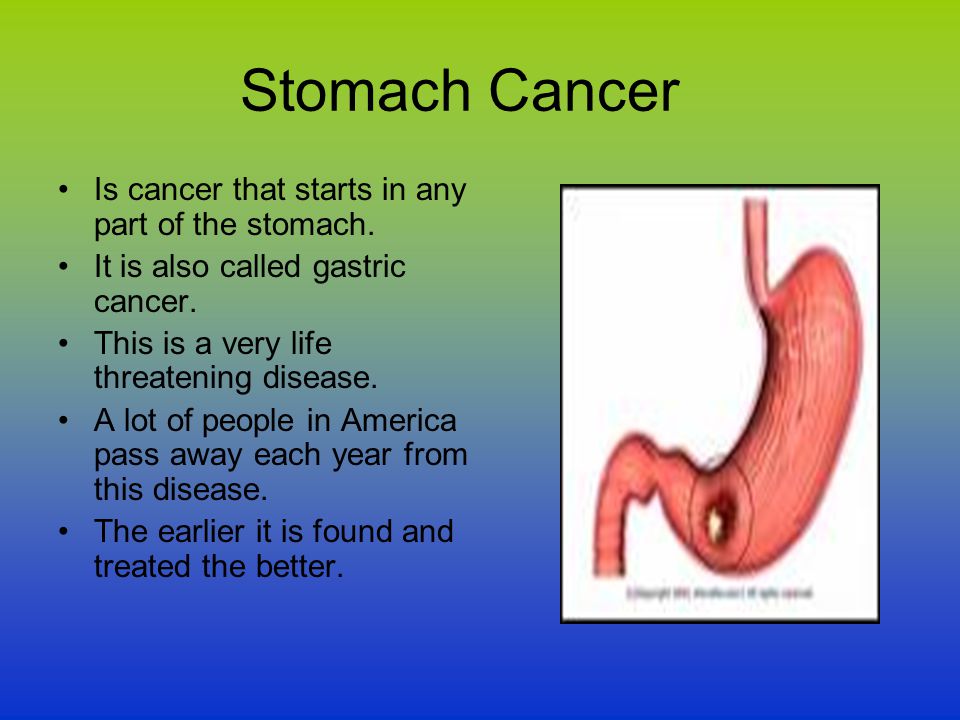
Signs of paraproctitis, or abscess (purulent inflammation) of the rectum are severe pains in the rectum or perineum. Against the background of an increase in the size of the abscess, the pain intensifies, the urge to defecate becomes painful, the temperature rises, chills are possible.
Dysbacteriosis is manifested by impaired stool, bloating, cramping pain, dyspeptic disorders and allergic reactions (itching and skin rashes).
Hemorrhoids (varicose veins of the rectum) are characterized by bleeding or smearing with blood after defecation, prolapse of hemorrhoids through the anus and pain during bowel movements, continuing for some time (when walking, sitting and lying down).
Symptoms of appendicitis are determined by the age of the patient, the location of the appendix in the abdominal cavity and the presence of complications. Characterized by dull pain in the right side, weakness and headache, which may be accompanied by pain in the legs, nausea in combination with a single vomiting, frequent loose stools, temperature within 38 degrees.
Characterized by dull pain in the right side, weakness and headache, which may be accompanied by pain in the legs, nausea in combination with a single vomiting, frequent loose stools, temperature within 38 degrees.
One of the most common and meanwhile mysterious pathologies should not be overlooked – irritable bowel syndrome (IBS) , accompanied by abdominal cramps, stool disorders, painful bloating. IBS has a negative effect on the entire body: the patient complains of headache, insomnia, increased fatigue, palpitations even at complete rest. According to most experts, IBS is psychosomatic in nature and appears as a result of stress, severe emotional overload. However, to get rid of the problem, it is important not only to come to peace of mind, but also to apply complex medical treatment. One solution may be to take bismuth preparations, which simultaneously have a bactericidal, anti-inflammatory and protective effect.
Liver diseases
Acute hepatitis C (inflammatory viral liver disease) is marked by a whole range of symptoms.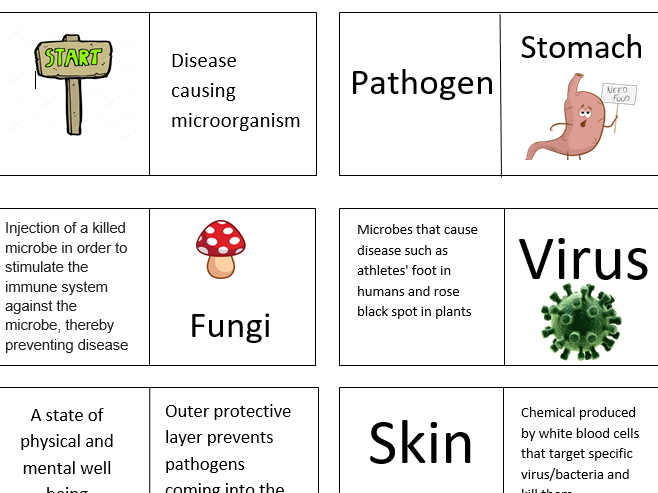 Among them: weakness, decreased appetite and performance, sleep disturbance, aversion to food, a feeling of heaviness in the abdomen, pain in large joints, the appearance of a rash, fever, dark urine, yellowing of the skin (hence the popular name for the disease is jaundice).
Among them: weakness, decreased appetite and performance, sleep disturbance, aversion to food, a feeling of heaviness in the abdomen, pain in large joints, the appearance of a rash, fever, dark urine, yellowing of the skin (hence the popular name for the disease is jaundice).
First signs liver cirrhosis are: a feeling of fullness in the abdomen, decreased performance, pain in the right hypochondrium, a feeling of fullness in the stomach, bleeding gums and nosebleeds, fever, flatulence, nausea, vomiting.
Diseases of the gallbladder and biliary tract
Signs of cholecystitis (inflamed gallbladder) – acute pain in the right hypochondrium, bloating of the intestine, attacks of nausea and vomiting. The pain intensifies with a deep breath while probing the zone of the gallbladder. Many patients report a slight increase in temperature.
Diseases of the pancreas
Patients with pancreatitis often complain of acute abdominal pain accompanied by nausea and vomiting with gastric juice, mucus, bile, etc.
